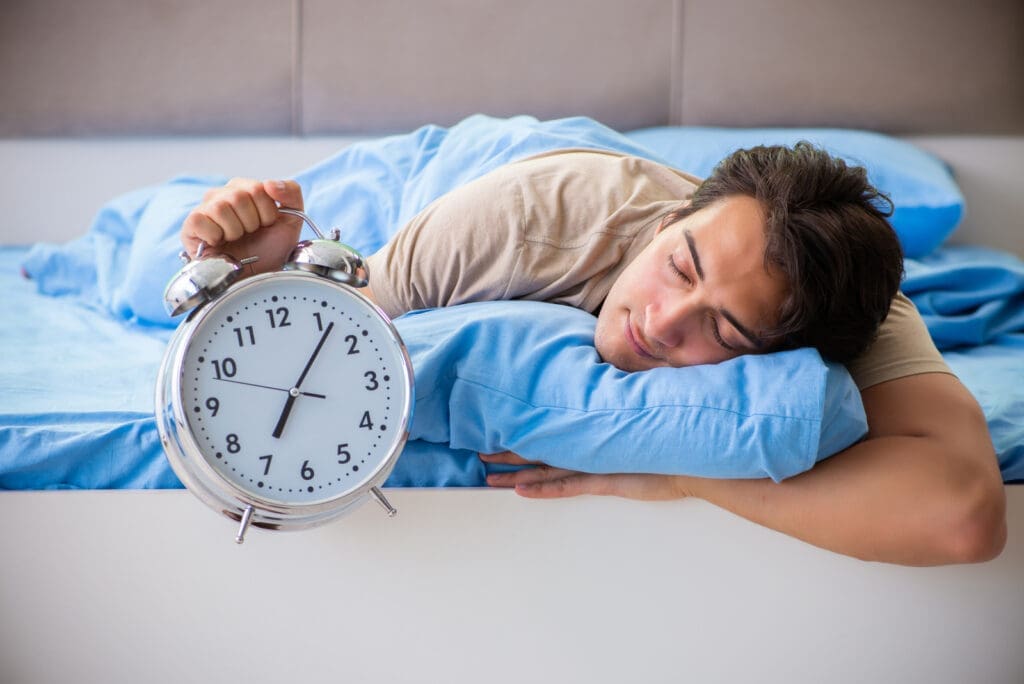Headaches, especially the ones related to migraine symptoms, can be debilitating. Daily life stressors related to work, home, relationship, finances, health, etc. can contribute to migraine symptoms in the long run. A 2018 study found that 1 in 6 Americans is affected by self-reported migraine and severe headache.
Environmental factors play an important role in regulating the symptoms of migraine. If you are curious about how colors of light affect you, read on to know more about what causes headaches, how they are linked with light sensitivity and the effect of different colors.
What causes headaches?
Headaches are a common ailment, and they differ in terms of the underlying physiological cause. They could be cause by genetic or acquired biological factors, or environmental stressors. Headaches can be classified as primary and secondary.
A primary headache may not have an identifiable cause. Their duration is typically 5 minutes to 48 minutes. Secondary headaches, on the other hand, are the result of another diagnosable physiological condition, like the inflammation of structures in the brain, or psychiatric disorders.
Headache, light sensitivity and migraines
The most common symptom of migraine is an intense, throbbing pain the head. Often, it is accompanied by nausea, vomiting and increased sensitivity to lights and sounds. Light sensitivity, also called photophobia, makes people sensitive to bright or flickering lights. People often retreat into dark or dimly lit rooms to reduce their symptoms.
People living with photophobia find it comforting to spend time in a dimly lit environment. But the more they avoid exposure to light, the more sensitive they become over the years, leading to increased pain in the presence of even natural daylight. The American Migraine Association recommends gradual exposure to increasing levels of brightness to build tolerance, while avoiding glares and flickering lights.
How do does light affect the human body?

Studies show that light influences hormone secretion, heart rate alertness, sleep propensity, body temperature, and gene expression in humans. These factors, in turn regulate our circadian rhythm, i.e., patterns of sleep and wakefulness matching the patterns of natural daylight and nightfall. Basically, the circadian rhythm is the reason why you experience jet lags when you travel across multiple time zones.
Light is measured in terms of wavelength, which determines the color of light. On the spectrum of colors from red to purple (similar to a rainbow), shorter wavelengths are closer to purple, and longer wavelengths are closer to red.
Blue light
Blue light has a shorter wavelength (closer to the purple end of the spectrum). Sources of blue light include electronic gadgets, compact florescent light bulbs, and even sunlight. As you can see from the examples, blue light is almost everywhere!

A research paper published by Holzman (2010) has discussed the extensive body of research on the detrimental effects of blue light. Studies show that blue light suppresses a hormone in the body called melatonin, which is necessary to fall asleep.
Melatonin is secreted by the body in response to darkness, signaling to the body that it is time to sleep. When the body is exposed to blue light, the melatonin reduces, forcing us to stay awake. This is one of the reasons why the blue light emitted by gadgets is bad for our sleep health.
Green light
In 2016, Noseda and colleagues published a study about the soothing effects of green light for patients with migraine photophobia. They found that in comparison with white, blue, amber or red lights, green light is the least troublesome for migraine headaches.
Similarly, Nir and colleagues (2018) found that green light triggered headaches in only 3% of the patients in the study, while other colors of light like white, blue, red and amber, triggered headaches in 16% to 19% of the patients, and worsened an existing headache in 80% of the patients.
While green light is not exactly ‘good for headache’, it has the least detrimental effect compared to other wavelength lights. We cannot control our exposure to light throughout the day. If we were to leave it to our routine, we would be exposed to harmful wavelengths throughout the day. Light therapy is a way of ensuring that you spend a good amount of time in exposure to green light, so that it relaxes your body and brain, and reduces the chances of getting severe headaches.
What is light therapy?
Green light therapy, as the name suggests, involves exposing the body to green light for a certain amount of time. It is recommended for a variety of biological conditions like sleep disorders, skin issues, mood, and eye strain.
Green light therapy is more than just exposing oneself to green colored light. The light needs to be of a specific wavelength range, which is provided by special ‘migraine lamps’ that are readily available in the consumer market. People spend time in this special light, while filtering out other sources of light.
Martin and colleagues (2020) found that green light therapy improved self-reported quality of life, experience of pain and headache, and no side effects were reported. It seems that green light therapy is a non-invasive, safe practice to reduce the severity of migraine-related headaches.
To sum up, headaches can have various underlying causes. People who suffer from migraine-related headaches may also be hypersensitive to light. Different wavelengths of light affect our body differently through hormones and circadian rhythms.
Blue, white, yellow and red lights have detrimental effects on our sleep cycle and health. Comparatively, the negative effects of green light are less. Since we are inevitably exposed to different wavelengths of light every day, including the harmful ones, there is no way to control environmental stimuli.
Green light therapy allows people to regulate their light exposure by spending some amount of time with a special migraine lamp. It reduces intensity of headaches, and is also less likely to trigger headaches.
You can use the information in this article to guide further research about migraine headaches and green light. If you think you might benefit from light therapy, go ahead and consult with a physician for their professional opinion, to ensure a safe experience.


GIPHY App Key not set. Please check settings